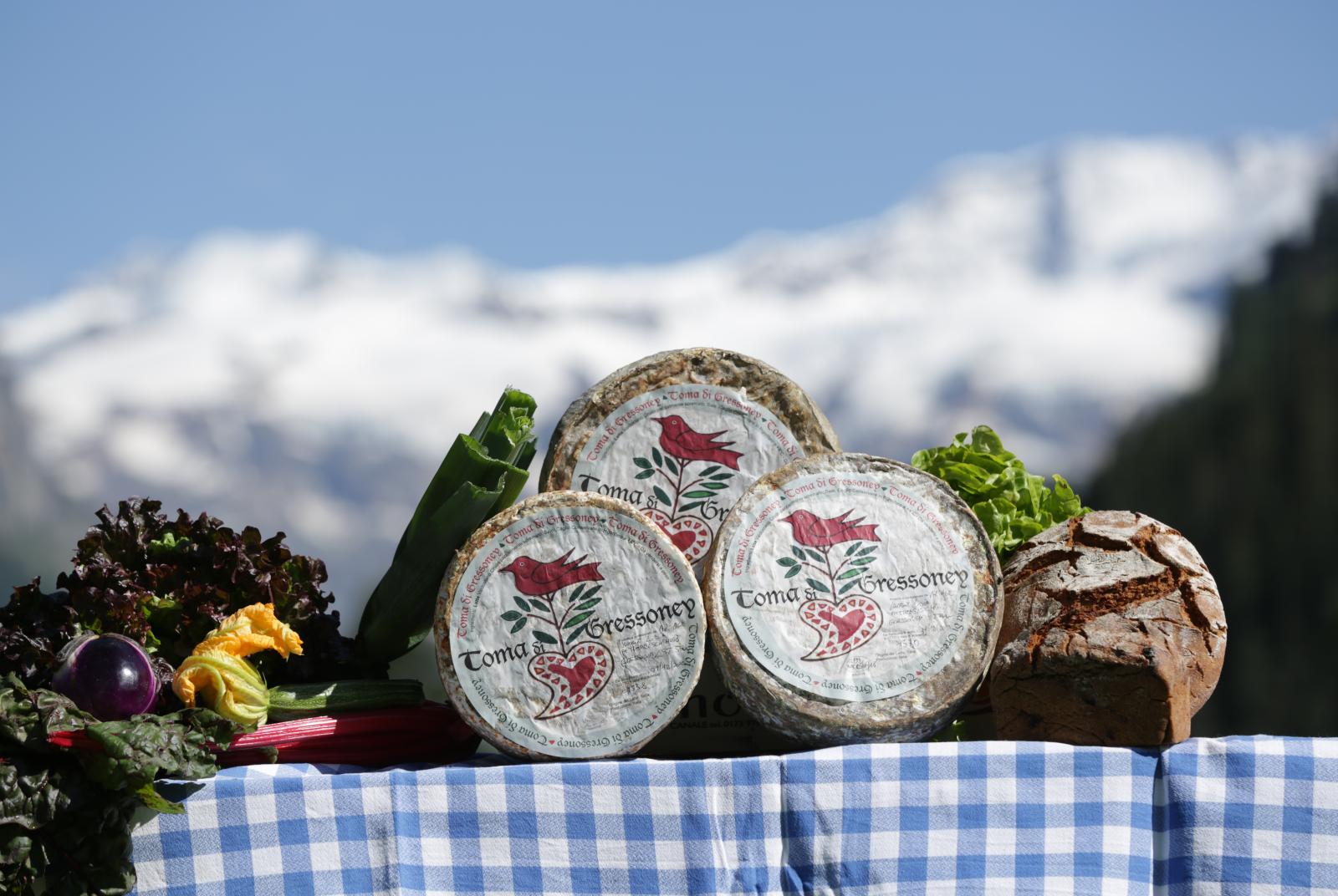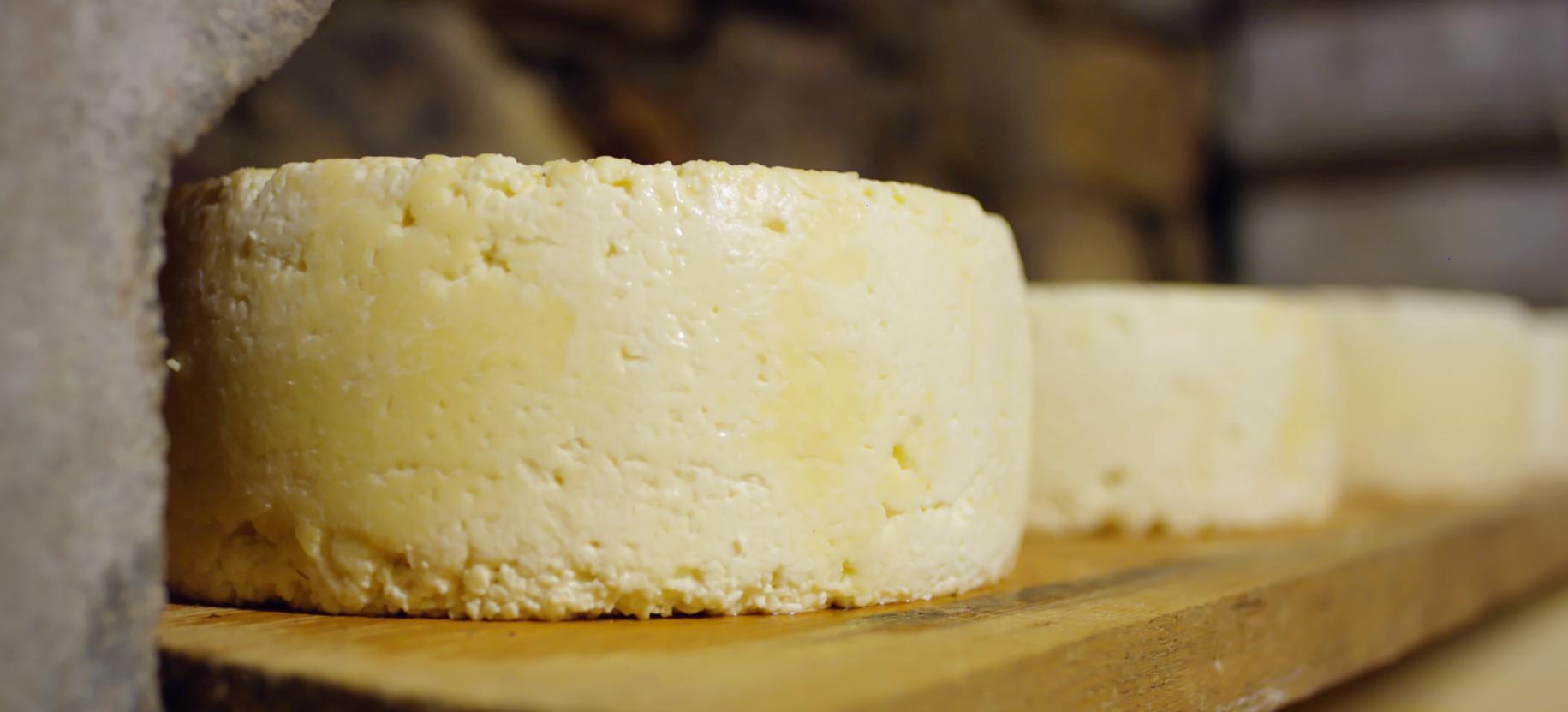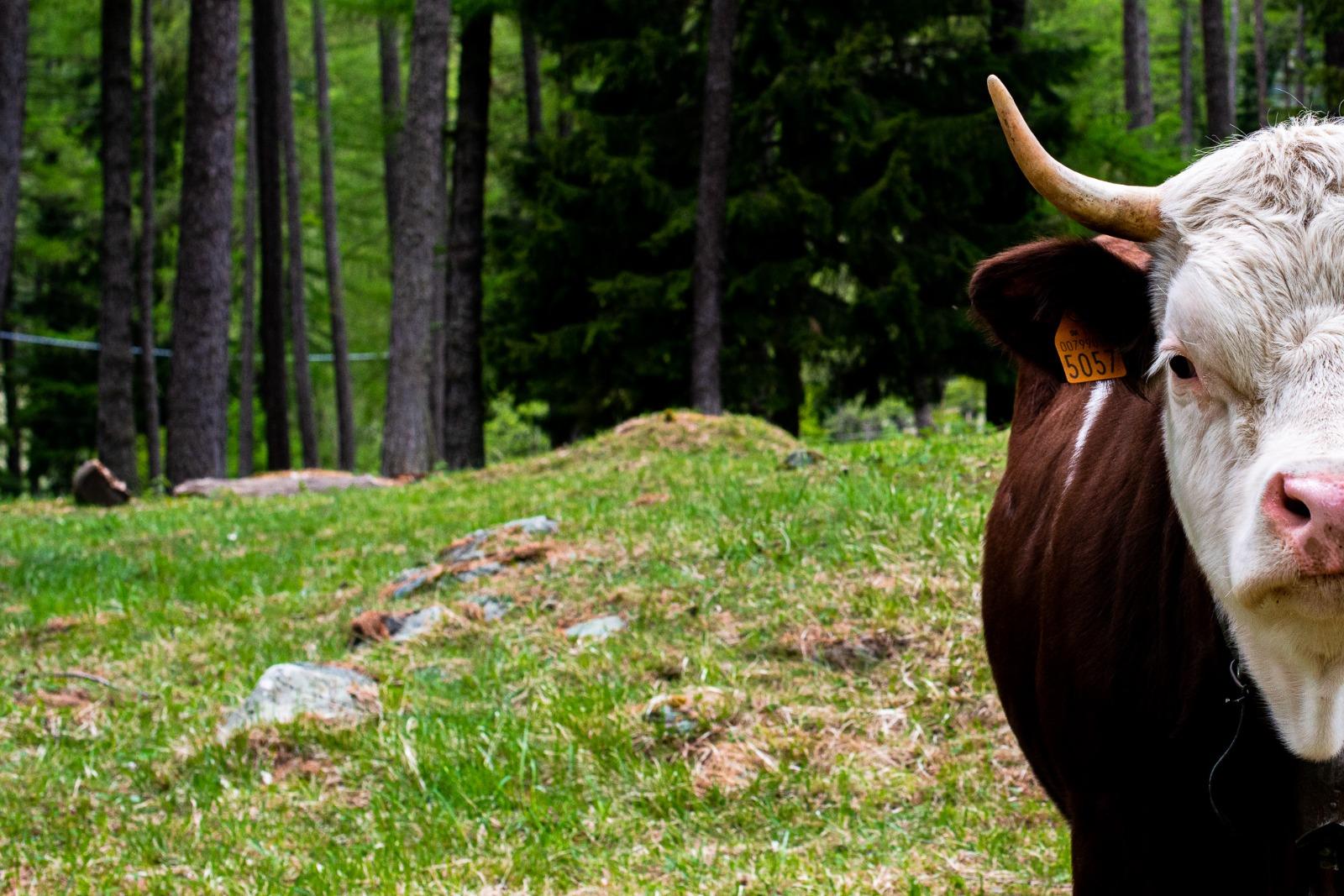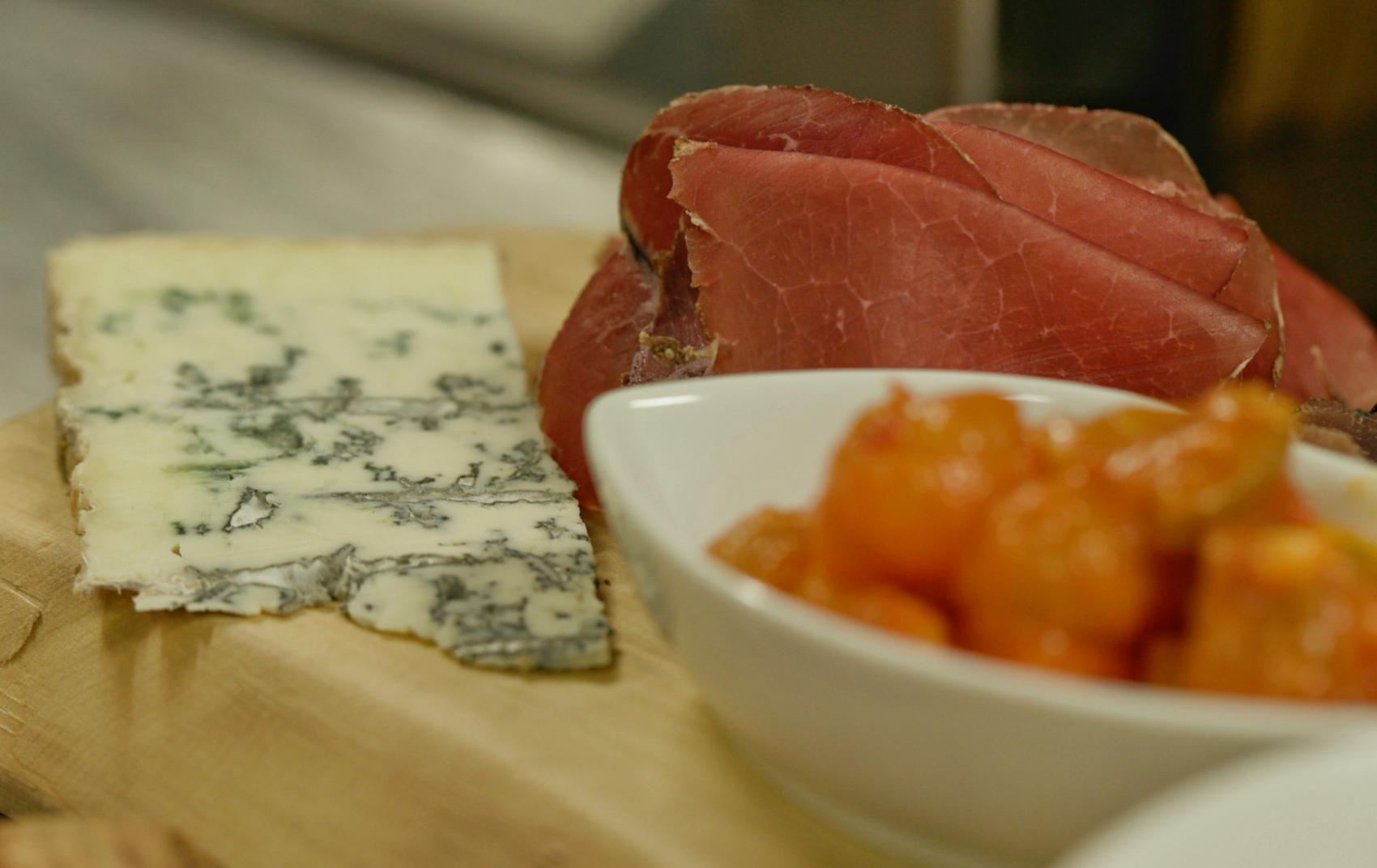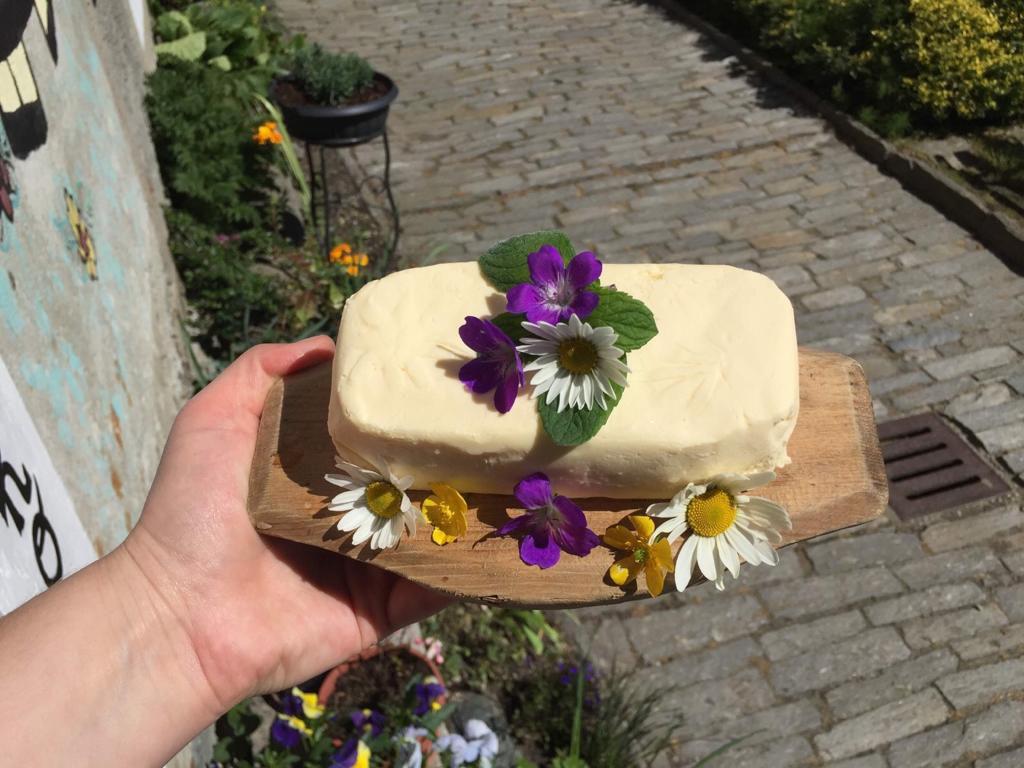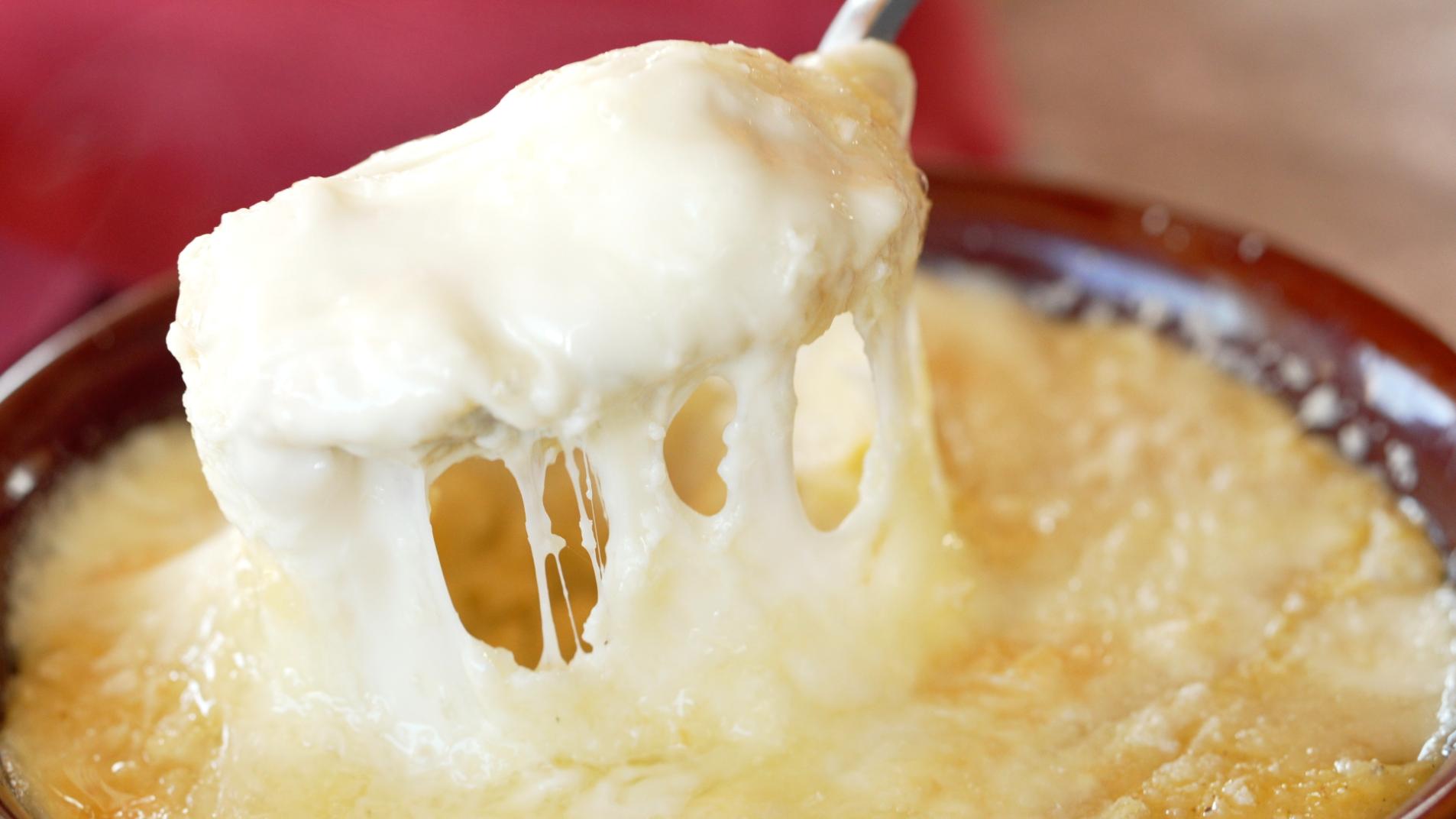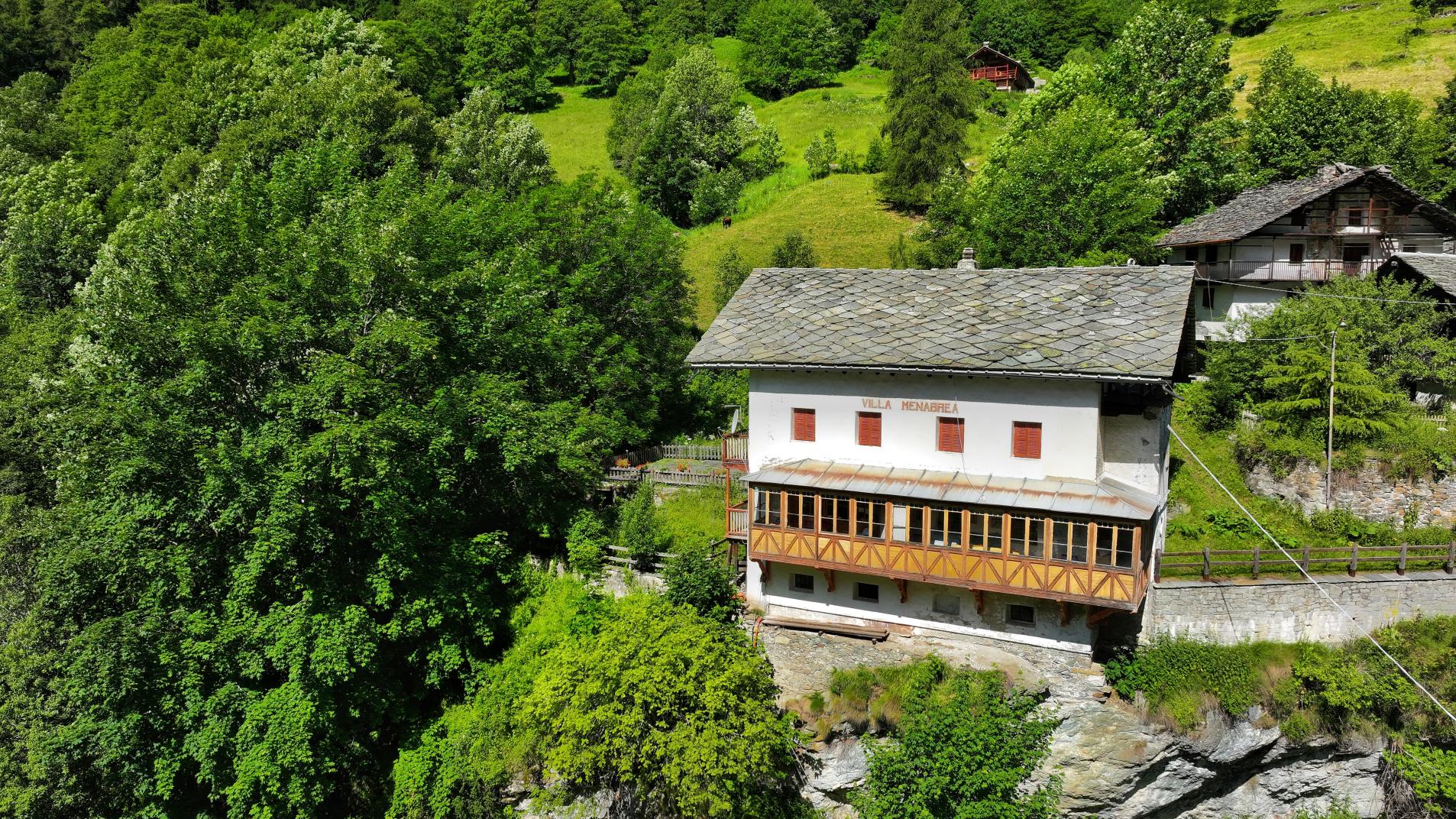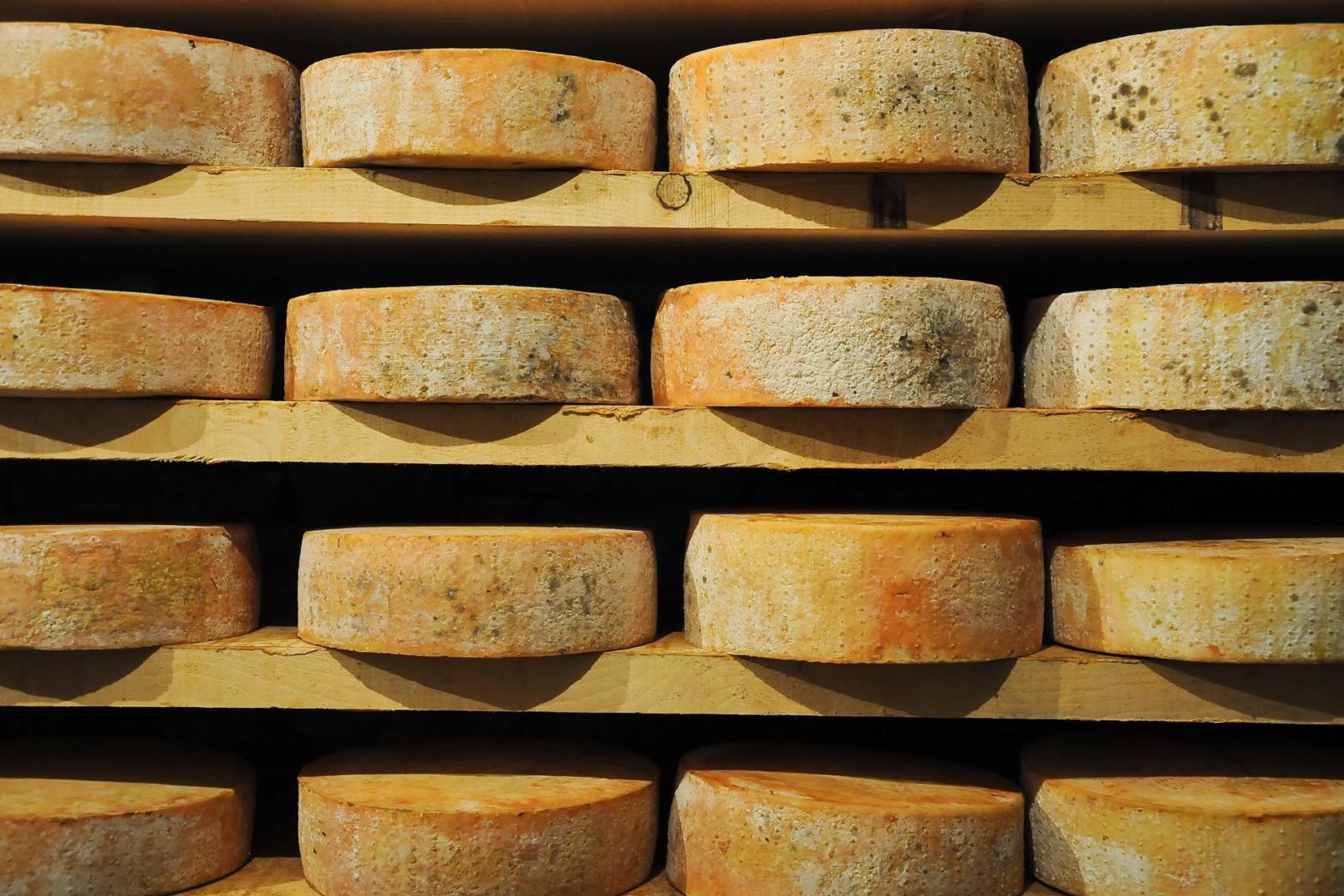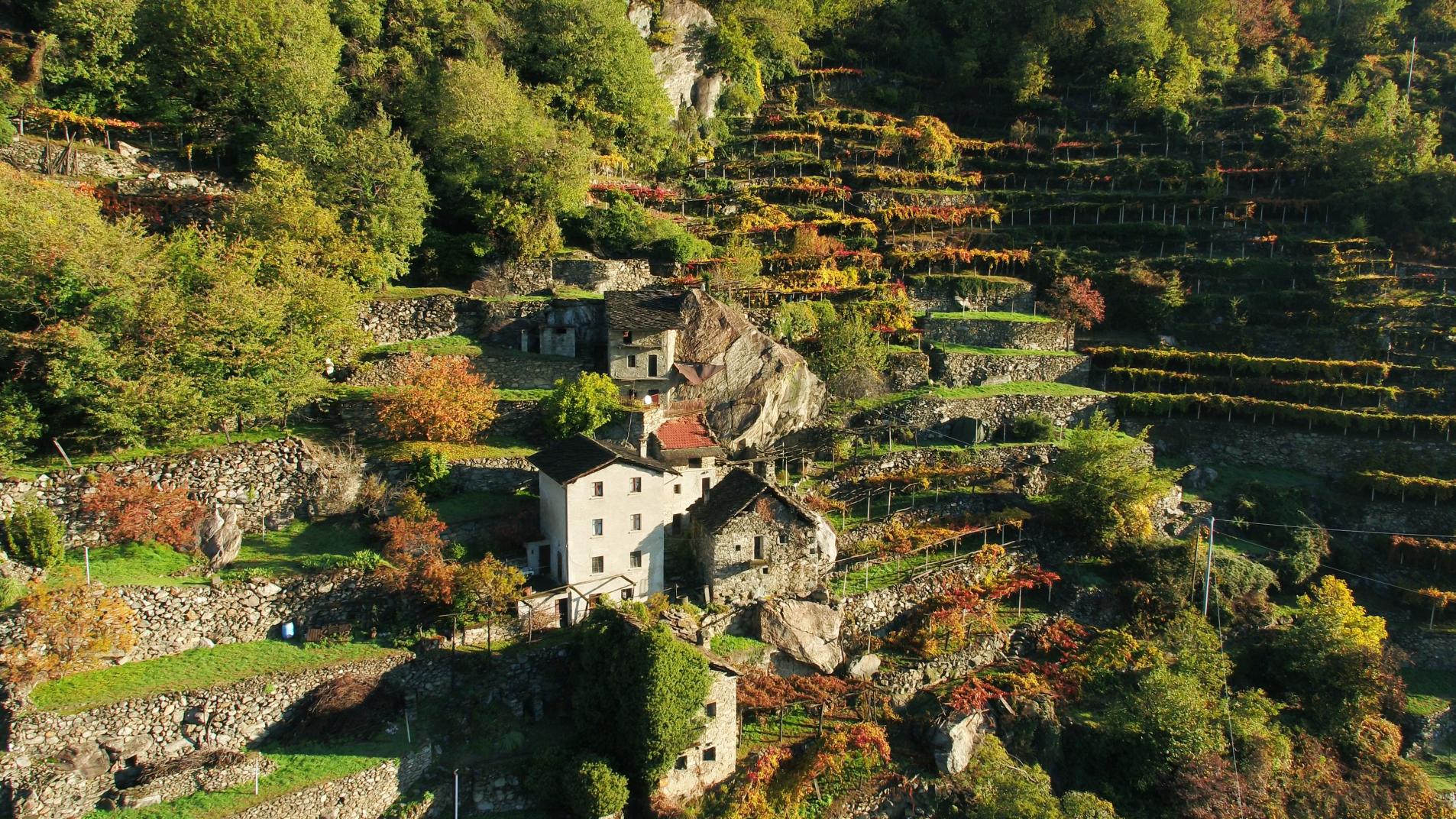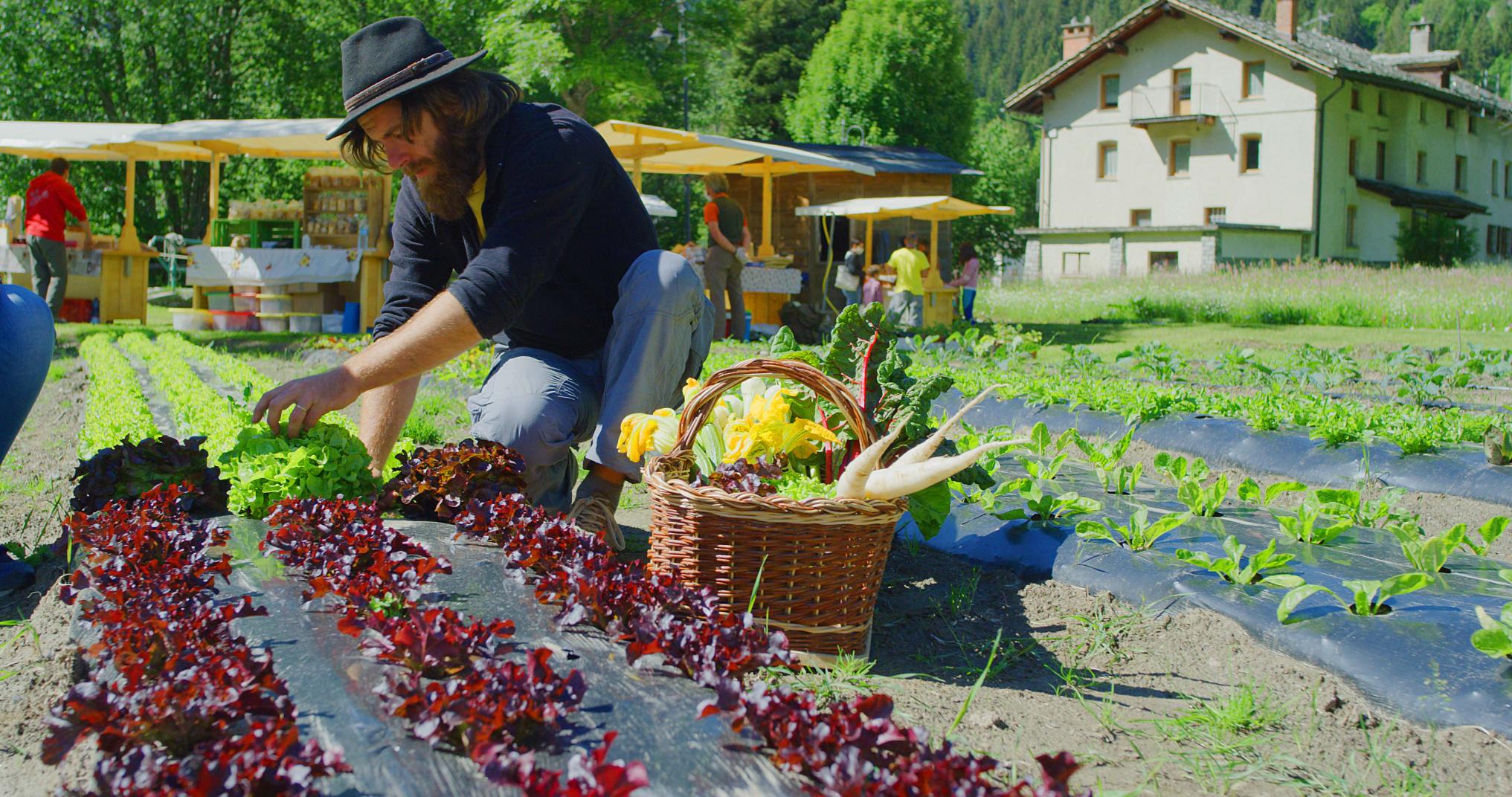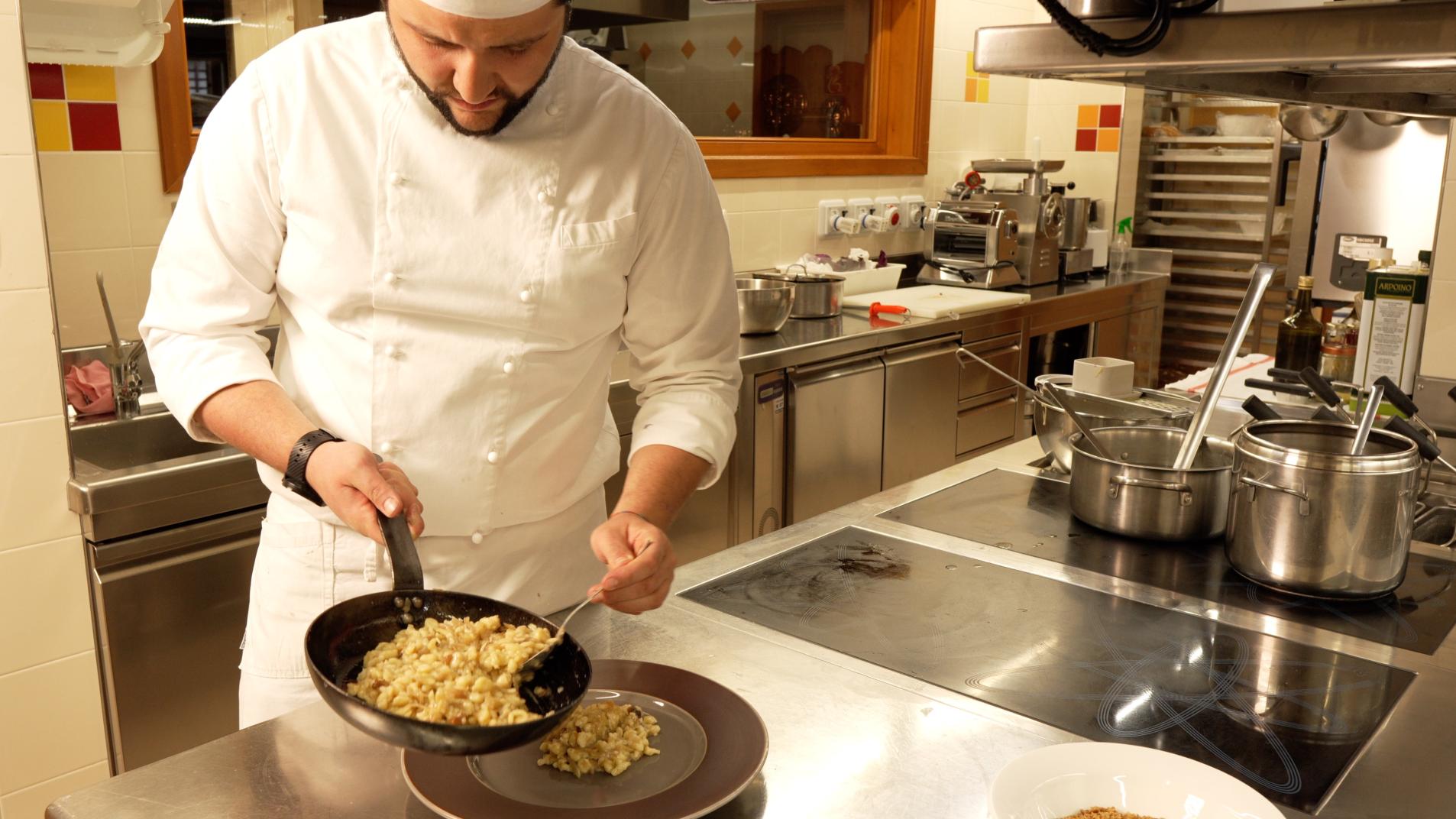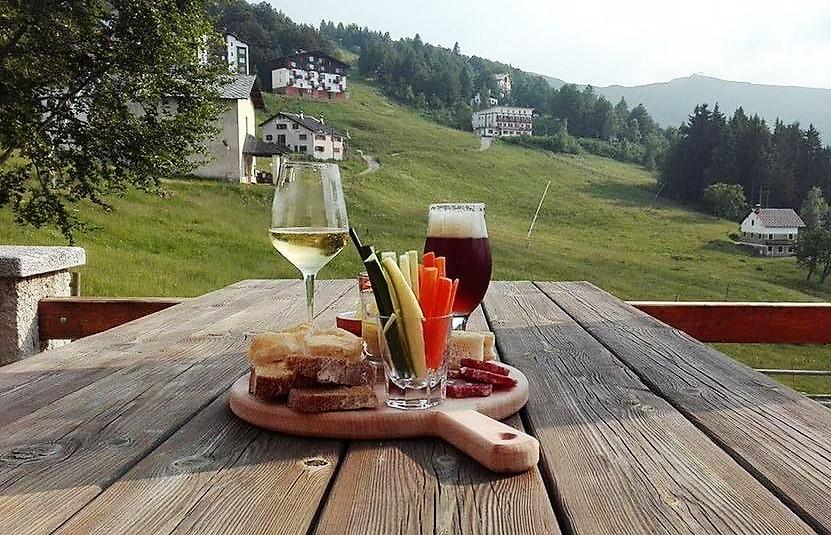Loo, Montil, Lavez and Courtlys are just some of the splendid mountain pastures where for centuries this toma has been produced with the same gestures, which has been recognized as a Slow Food Presidium and P.A.T. of the Aosta Valley. The number of tomes that are produced annually does not exceed 1500, confirming the craftsmanship of the process.
Its shape is typical of tome, smaller and taller than other cheeses of the same type. However, the organoleptic characteristics that derive from the use of centuries-old cheesemaking techniques make it unique.
It is a semi-fat cheese, made from cow's milk which is partially skimmed with the surfacing technique: the milk milked in the evening is left to rest in copper containers until the following morning, thus allowing the fattest part, the cream, to rise to the surface and be removed with a large wooden spoon. The residual milk is used to prepare the toma.
It is customary to consume it tender and fresh, in fact the maturation takes place on wooden planks in caves or cellars for a period varying between two and four months, it is often present in Walser cuisine dishes - Kesch in the local dialect, titsch - and today we are trying to return as per tradition to prolonged refinement to savor it after a year and enjoy its excellence.
In 2007 the municipality of Gressoney-Saint-Jean registered the brand and in 2011 the specifications for the use of the brand itself and the production specifications were drawn up which the producers of the municipalities of Gressoney-La-Trinité, Gressoney-Saint -Jean, Gaby, Issime, Fontainemore, Lillianes, Perloz, Pont-Saint-Martin have signed.

